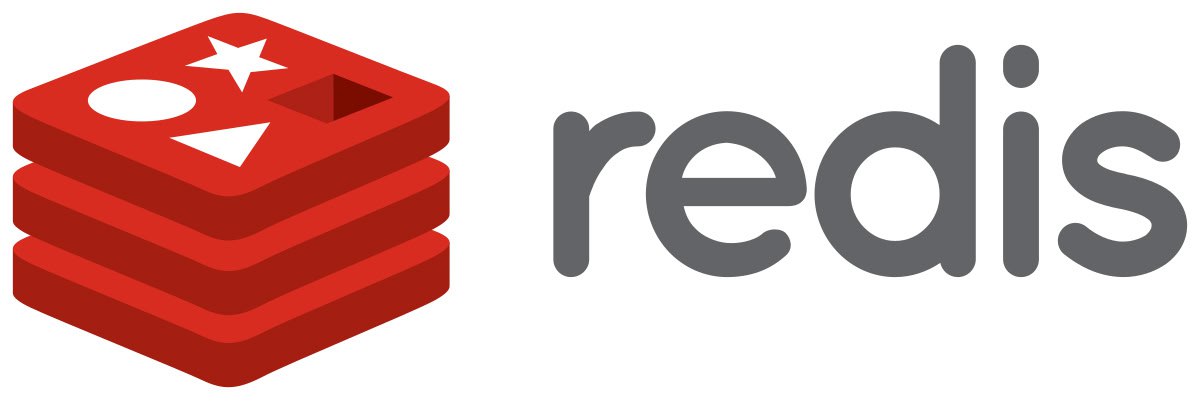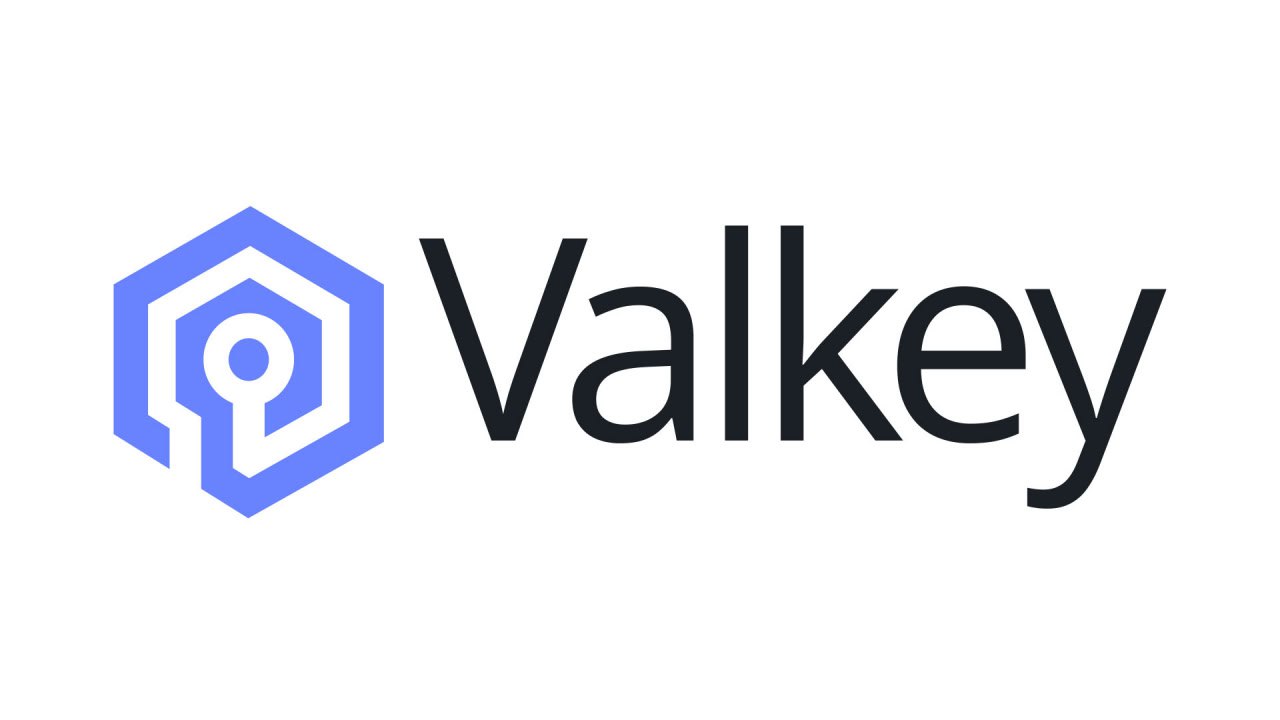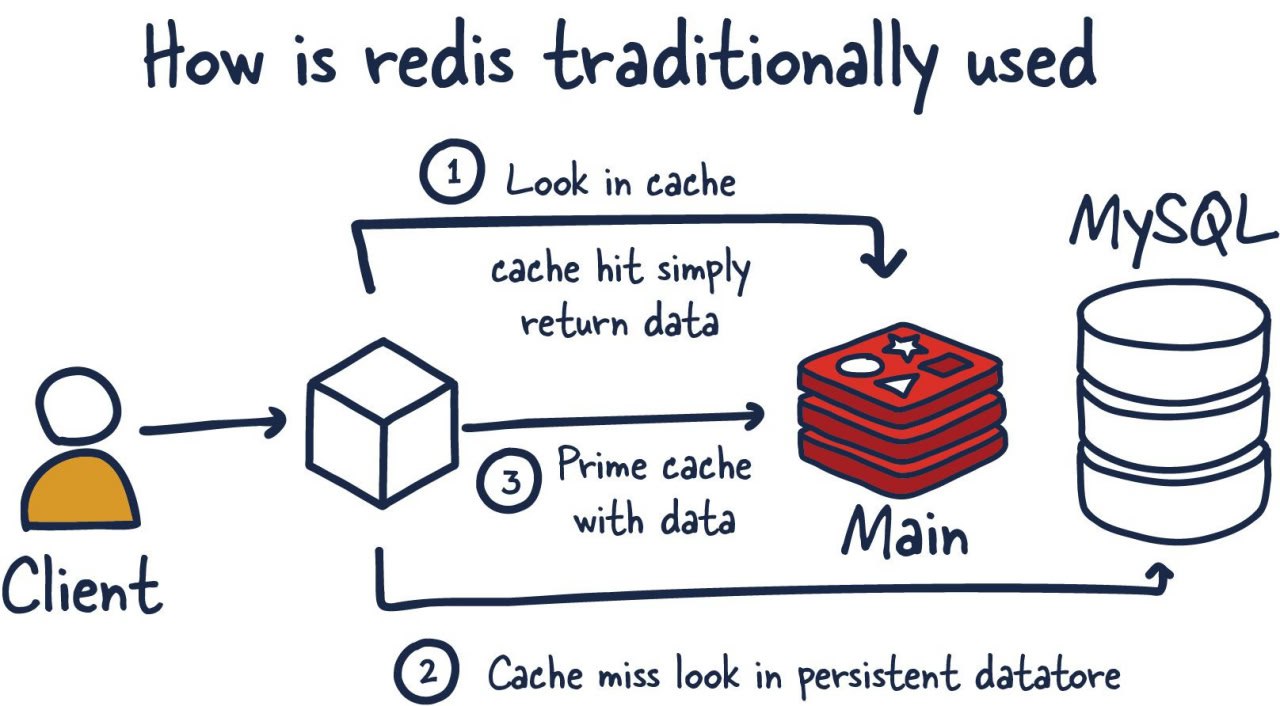When developing applications, teams often notice performance bottlenecks as their user base grows. For instance, if a feature relies on complex database queries or expensive computations, response times may increase significantly under heavy traffic. Users might start experiencing delays, and servers could struggle to handle the load, leading to scalability challenges. To address this, developers turn to caching. By storing frequently accessed data in memory, such as query results or precomputed values, they can drastically reduce processing times and lighten the server's workload.
Redis is commonly chosen for this purpose due to its speed and versatility, allowing developers to deliver a faster, smoother experience to users.
What is Redis?
Redis (Remote Dictionary Server) is an open-source, in-memory data store widely used for caching, session management, message queuing, and real-time analytics. Its high speed is achieved by storing all data in memory, with optional persistence to disk for durability. Redis supports various data structures, such as strings, hashes, lists, sets, and sorted sets, making it highly versatile for a wide range of use cases. Additionally, it offers advanced features like pub/sub messaging, Lua scripting, and clustering for horizontal scaling.

Initially licensed under the permissive BSD license, Redis became a popular choice for developers and companies due to its flexibility and lack of licensing restrictions. However, in recent years, the Redis Labs team transitioned the licensing of certain modules to the Redis Source Available License (RSAL). This change was introduced to prevent cloud providers from offering Redis as a managed service without contributing back to its development. While the core of Redis remains open source under the BSD license, the RSAL licensing of key modules has led to debates in the open-source community.
As a result of these changes, many companies that relied heavily on Redis are reconsidering their options. Some are evaluating alternative solutions, such as Valkey, KeyDB, Memcached, or newer entrants like DragonflyDB, which aim to offer similar performance with different licensing terms. This shift highlights the growing complexities in balancing open-source innovation and commercial sustainability.
Redis alternatives
Valkey

Valkey is an emerging alternative to Redis, designed as a high-performance in-memory key-value store. It focuses on simplicity, speed, and compatibility with Redis to make the transition seamless for developers. Valkey supports common Redis commands, allowing existing applications to integrate with minimal code changes.
Key Features of Valkey:
- High Performance: Optimized for low-latency operations, Valkey performs exceptionally well under high load, making it ideal for caching, session management, and real-time analytics.
- Redis Compatibility: Many Redis commands are natively supported, enabling applications to use Valkey as a drop-in replacement in most cases.
- Simplified Architecture: Valkey is designed to be lightweight and easy to deploy, reducing operational overhead while maintaining robust performance.
- Open Licensing: Unlike Redis's new licensing model, Valkey maintains an open and permissive license, ensuring that it remains fully open-source and free for commercial use.
Key DB

KeyDB is a high-performance, open-source in-memory database that serves as a drop-in replacement for Redis, designed to offer greater scalability and support for multi-threading. KeyDB is built with similar functionality to Redis but improves on several aspects, especially when it comes to concurrency and performance.
Key Features of KeyDB:
- Multi-threading Support: Unlike Redis, which is single-threaded, KeyDB can handle multiple threads for better CPU utilization, offering significant performance improvements on multi-core systems.
- Compatibility with Redis: KeyDB is largely compatible with Redis commands and features, meaning it can be integrated into existing Redis-based applications without requiring major changes to the codebase.
- Advanced Persistence Options: KeyDB supports multiple persistence modes, including AOF (Append-Only File) and RDB (Redis Database Snapshot), allowing for better durability and recovery in case of system failure.
- Cluster Mode: It includes native support for clustering, providing horizontal scaling out-of-the-box, which is essential for handling large amounts of data across distributed environments.
- High Availability: KeyDB offers built-in replication and automated failover, making it highly available and fault-tolerant for production-grade systems.
Memcached

Memcached is an open-source, distributed memory object caching system primarily used to speed up dynamic web applications by reducing the database load. It stores key-value pairs in memory for fast access, making it an ideal solution for caching frequently accessed data.
Key Features of Memcached:
- High Performance: Memcached is designed for high throughput and low latency, making it suitable for caching large volumes of data and reducing the load on databases or other back-end systems.
- Distributed Caching: Memcached allows data to be stored across multiple servers, enabling horizontal scaling. This means applications can expand easily by adding more servers to handle larger datasets.
- Simple Key-Value Store: Memcached operates as a simple key-value store, making it easy to integrate into existing applications. It supports basic commands like
set,get, anddelete, which are easy to implement in most programming languages. - Memory-Based Storage: Memcached stores all its data in memory, which is why it's so fast. However, since it's in-memory only, it doesn’t provide persistence, which means data is lost if the server crashes.
- Widely Supported: Memcached is supported by many programming languages, frameworks, and systems, making it a versatile solution for developers.
Dragonfly DB

DragonflyDB is a high-performance, open-source, in-memory database designed to be a fast and scalable alternative to Redis. Built to handle large-scale workloads with minimal latency, DragonflyDB is optimized for modern hardware, offering exceptional performance in distributed systems.
Key Features of DragonflyDB:
- Multi-threading and Parallelism: Unlike Redis, DragonflyDB uses multiple threads to take full advantage of modern multi-core CPUs, improving throughput and reducing bottlenecks under heavy load.
- High Scalability: DragonflyDB supports horizontal scaling with native clustering, making it ideal for large, distributed applications that require scalability without compromising performance.
- Compatibility with Redis: DragonflyDB is designed to be fully compatible with Redis APIs, so applications built for Redis can switch to DragonflyDB without significant code changes. It supports Redis commands and operations, making it an easy transition for existing Redis users.
- Efficient Memory Usage: DragonflyDB offers efficient memory management, reducing memory overhead while maintaining high throughput. It also supports complex data structures and persistent storage, providing greater flexibility for various use cases.
- Low Latency: DragonflyDB is designed to minimize latency and provide faster response times, making it suitable for real-time applications where performance is critical.
Why DragonflyDB?
DragonflyDB stands out as an advanced alternative to Redis, offering multi-threading and better resource utilization, which leads to superior performance on modern hardware. Its Redis compatibility ensures a smooth migration path, while its focus on scalability and low-latency operations makes it a great choice for applications with demanding performance requirements.
For organizations looking for a next-generation solution, DragonflyDB offers a powerful and efficient alternative. It’s particularly beneficial for high-load, real-time applications that need fast data access and the ability to scale easily.

Additionally, NoVPS offers its users a product called NoVPS Cache, which is based on DragonflyDB. You try DragonflyDB in your applications immediately, experiencing the benefits of its high performance and scalability in real-world use cases.

